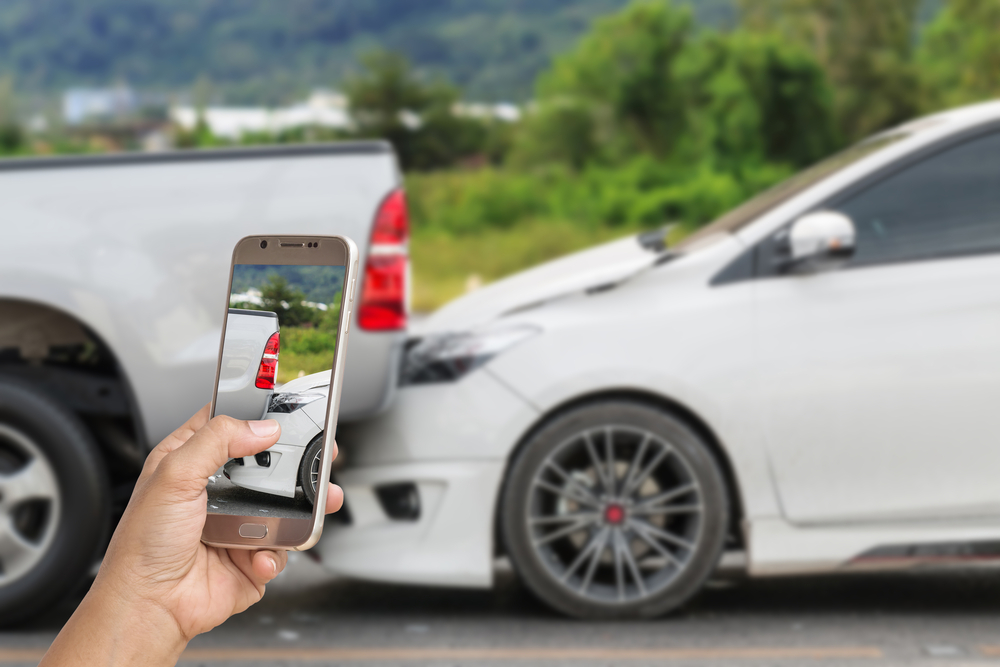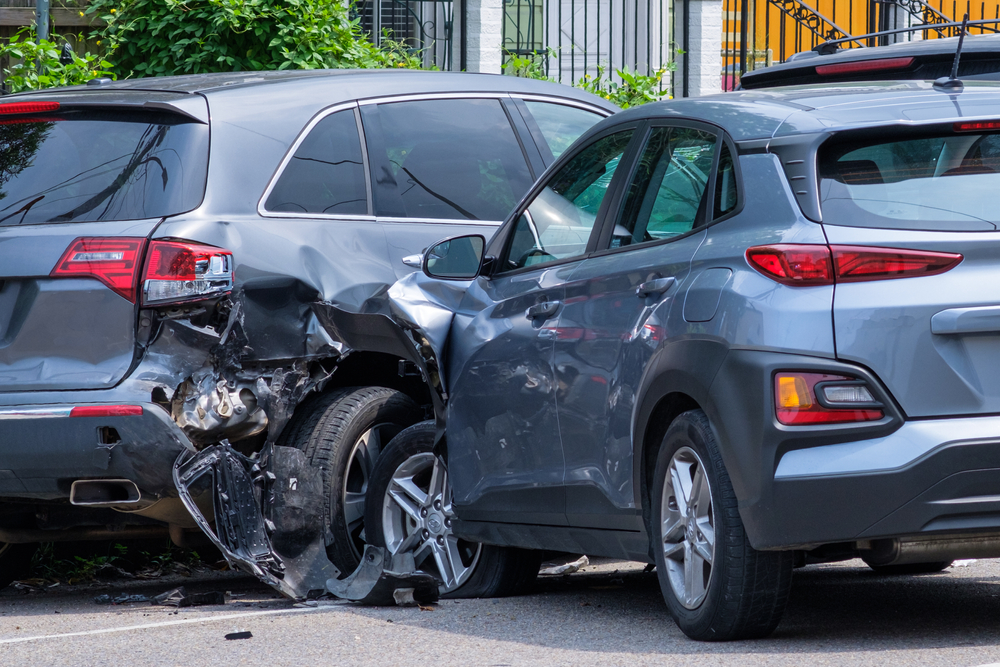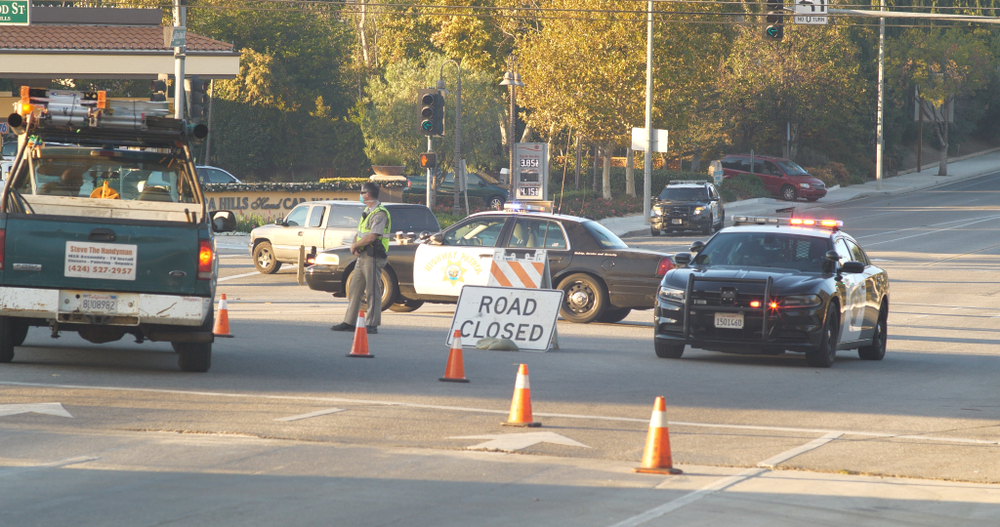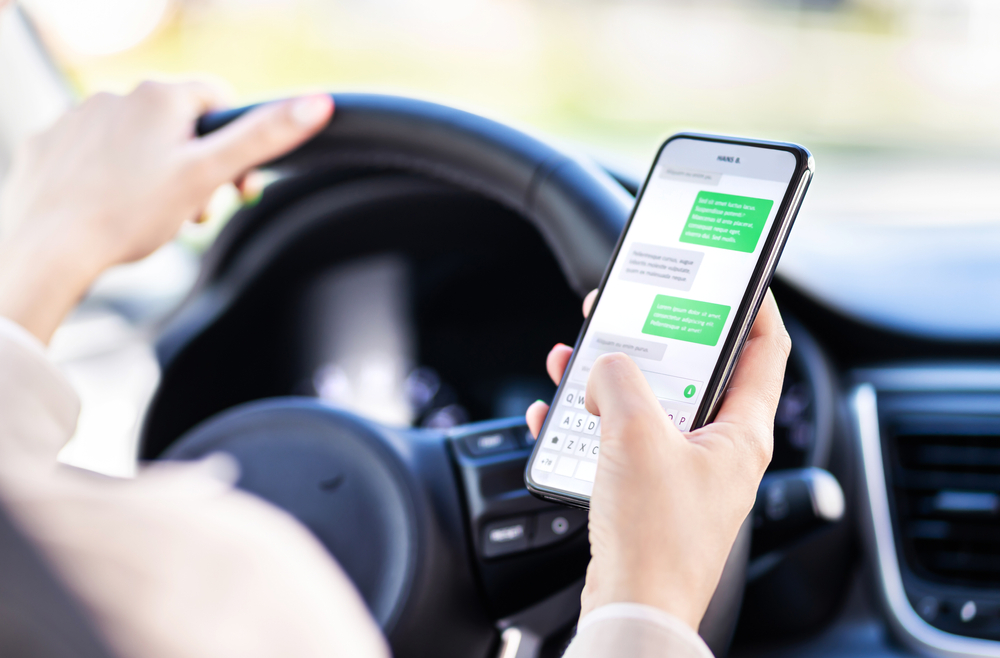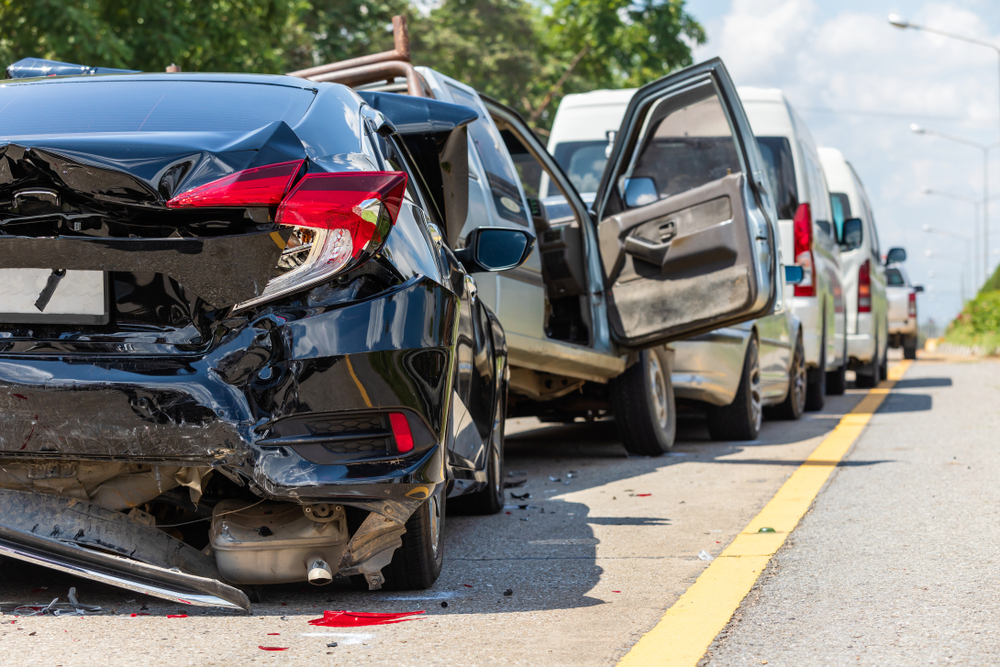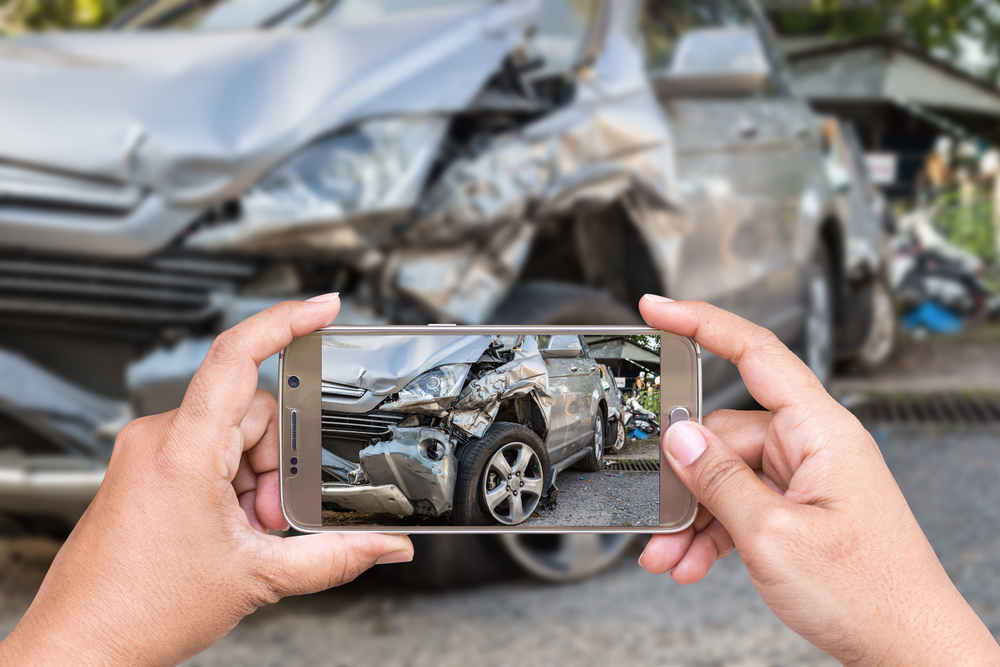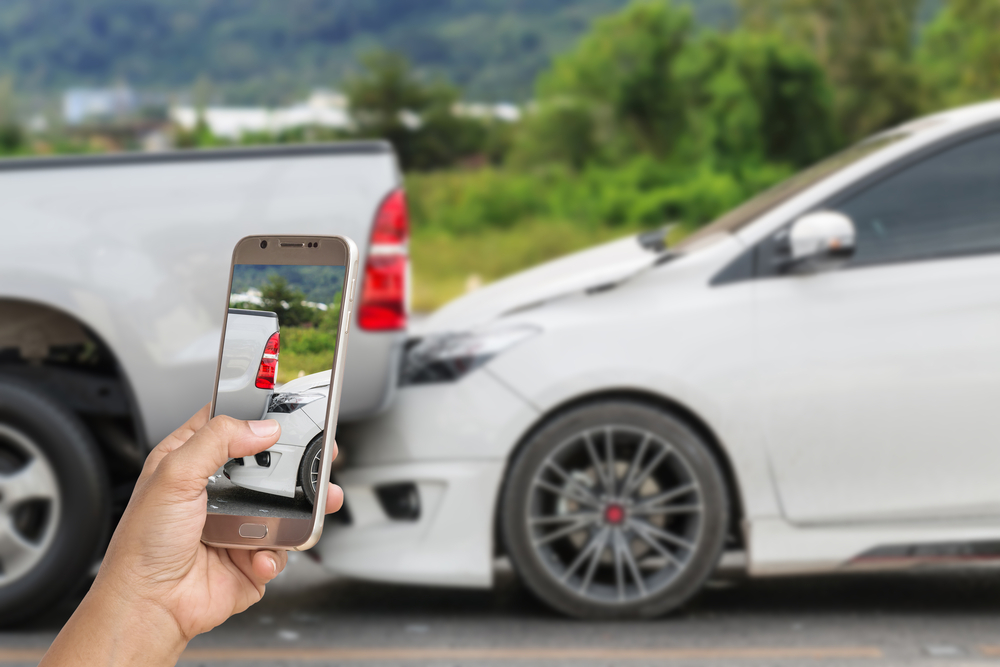
California Rear-End Collision Liability: Who Is At Fault?
Understanding Fault and Legal Implications in California Rear-End Accidents
Overview of Rear-End Collisions
Rear-end collisions are among the most common types of car accidents in California. These incidents often occur in heavy traffic, where sudden stops can lead to one vehicle colliding with another from behind. Understanding the causes and legal implications of rear-end collisions is crucial for drivers to navigate liability issues effectively.
Common Causes of Rear-End Collisions
Several factors contribute to rear-end collisions, including:
- Distracted Driving: Drivers who are texting, talking on the phone, or engaging with passengers may fail to notice when traffic slows or stops.
- Tailgating: Following too closely reduces a driver's ability to react in time to sudden stops.
- Weather Conditions: Rain, fog, or ice can impair visibility and road traction, increasing the likelihood of a rear-end crash.
- Mechanical Failures: Issues such as brake failure can lead to loss of control and result in a rear-end collision.
Legal Implications of Rear-End Collisions
In California, the driver who rear-ends another vehicle is typically presumed to be at fault. This presumption is based on the expectation that drivers maintain a safe following distance and are attentive to the road conditions. However, there are exceptions where the lead driver may share some responsibility, such as:
- Sudden Stops: If the lead driver makes an abrupt stop without a valid reason, they may be partially at fault.
- Brake Checking: If the lead driver intentionally brakes to intimidate the following driver, this could shift liability.
How Fault is Assigned
To establish liability in a rear-end collision, the following elements must be considered:
- Duty of Care: All drivers have a legal obligation to operate their vehicles safely.
- Breach of Duty: If a driver fails to maintain a safe distance or is distracted, they may have breached their duty of care.
- Causation: The breach must be directly linked to the accident.
- Damages: The injured party must demonstrate that they suffered damages as a result of the collision.
Evidence to Support Your Claim
Gathering evidence is essential in establishing fault in a rear-end collision. Key types of evidence include:
- Photographs: Capture the scene, vehicle positions, and any visible damages.
- Witness Statements: Collect contact information from bystanders who may have seen the accident.
- Police Reports: Obtain a copy of the police report, which may include an officer's assessment of fault.
- Medical Records: Document any injuries sustained in the accident to support your claim for damages.
Frequently Asked Questions about Rear-End Collisions in California
Who is usually at fault in a rear-end collision in California?
The driver who rear-ends another vehicle is typically presumed to be at fault, but exceptions exist depending on circumstances.
Can the lead driver be at fault in a rear-end collision?
Yes, if the lead driver makes a sudden stop without reason or brake checks, they may share fault.
What evidence helps prove fault in a rear-end accident?
Photos, witness statements, police reports, and medical records can help establish fault.
Conclusion
Understanding liability in rear-end collisions is vital for drivers in California. By being aware of common causes, legal implications, and how fault is assigned, drivers can better protect themselves and navigate the aftermath of an accident. If you find yourself involved in a rear-end collision, consider consulting with a qualified attorney to discuss your options and ensure your rights are protected.
For more information on related topics, visit our articles on How to Prove Fault in a Car Accident Case and Common Causes of Car Accidents in California.
Browse Other Articles for "Car Accidents" in California:
Start Your FREE Consultation
Complete the form for a Free Consultation. No upfront fees, swift action, and we're only paid when we succeed for you.
Ask Us If You Qualify
We’re here to help you take on your fight—whether it’s a car accident, a dangerous drug, or a workplace injury gone wrong. One call starts it all, and we’re with you every step, no upfront cost required.
- Free Case Review
- No Fees Until Victory
- Millions Recovered
- Personal Strategy
- California Coverage
- Relentless Case Pursuit
